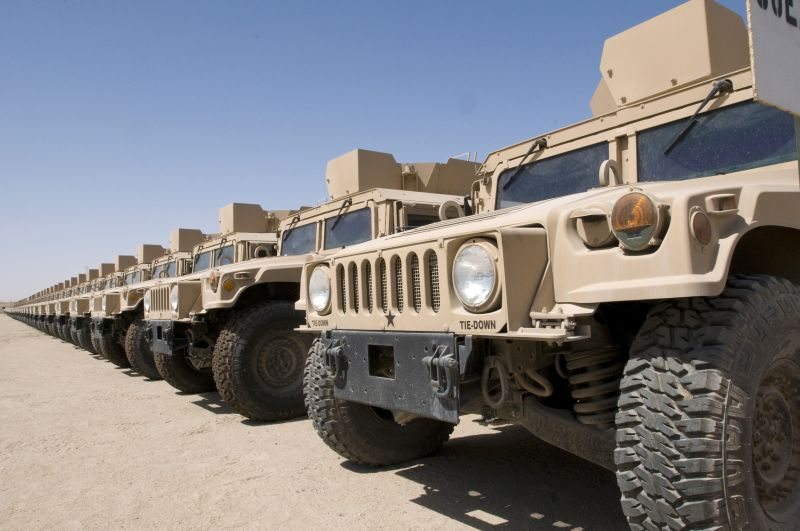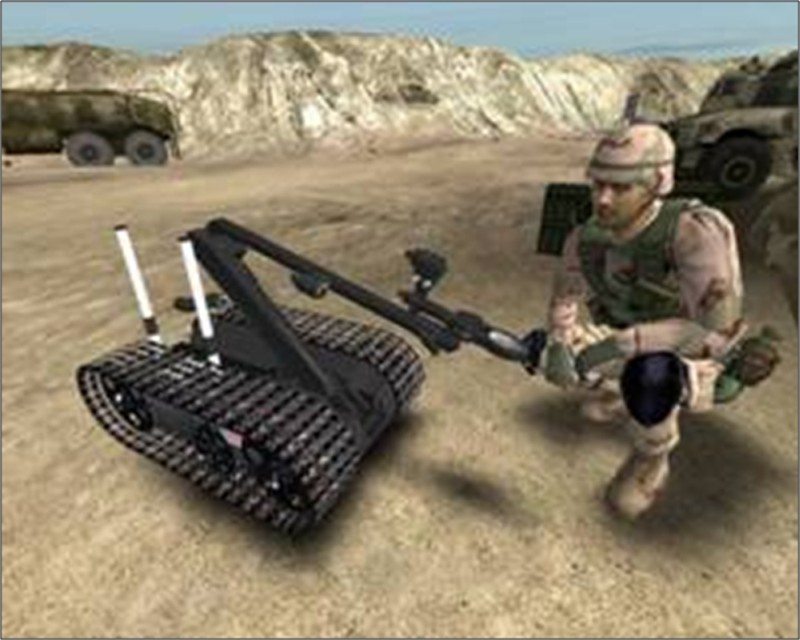During these austere days of budget cuts, Maj. Gen. Genaro Dellarocco, commanding general of the Army’s Test and Evaluation Command, seeks to preserve the combat force while eliminating deficiencies.
“Over the next 60 days, we’re putting together a targeted plan to look at efficiencies. There’s a lot of low-hanging fruit out there that we know we can do a quick study on, change some procedures, and harvest the efficiencies in time and money in our test planning. That’s the intent.
“In order to do that, we’ve got to do things a little differently,” Dellarocco said at a recent AUSA Institute of Land Warfare breakfast meeting.
The Army’s Test and Evaluation Command, or ATEC, was established in October 1999 by the Army’s vice chief of staff with the primary function of ensuring that Soldiers go to war with weapons that work. Located throughout the continental United States, Alaska, and Hawaii, ATEC has about 1,100 ongoing tests everyday in the United States and around the world.
In their newly developed strategic plan, ATEC vows to change their culture by taking a hard look at testing on both the developmental side and the operational side of business.
“Every test program is managed by an ATEC System Team, what we call AST. The chairperson essentially shapes the test program for every program in the United States Army. Their guidance has been to make sure the testing is both robust and comprehensive,” Dellarocco said.
But testing comprehensively has been seen as costing too much and taking too long.
“We’re going to have to change the mindset over this. We’re now going to test rigorously and efficiently leading to adequate evaluation. This will not sacrifice safety, and it’s not insufficient testing. It’s testing to provide the data necessary to make decisions on our programs,” Dellarocco said.
In order to accomplish this, Dellarocco said that the organizational culture needs to be changed.
“We don’t have enough operational testers, nor do we have enough developmental testers. So, in the very near term, we’re going to increase the DT and OT expertise of our evaluators.
First, he said, ATEC just instituted a new certification program for these evaluators. This program will include over the next few years that they must be Black Belt certified in Lean Six Sigma.
Lean Six Sigma attacks inefficiencies – wastes caused by defects, non value-added flow of information or materials, data storage, stacks of inventory, overproduction and extra processing.
“At the end of the day, we’re going to take advantage of a couple of things,” Dellarocco explained. “We’re going to take advantage of the fact that we have an Army. Ninety percent of our force structure is Soldiers, combat vets who have used equipment in the field and who have ideas how to make it better. We’re going to tap that resource.”
“If we could pull this into the acquisition cycle earlier when we’re doing development testing, we’ll be able to influence internal solutions in a more effective manner,” Dellarocco said.
He also said the United States Military Academy at West Point will be brought into the process to train the leaders at ATEC.
“It’s predominately civilians that we have and a lot of them are not prior military, but they’re dedicated patriots who want to do the right things. They’ve never been in a true leadership environment because they’ve been brought up as managers. They need to be leaders and not just managers,” he said.
“The end goal is to keep our combat edge sharp – razor sharp,” Dellarocco said.











